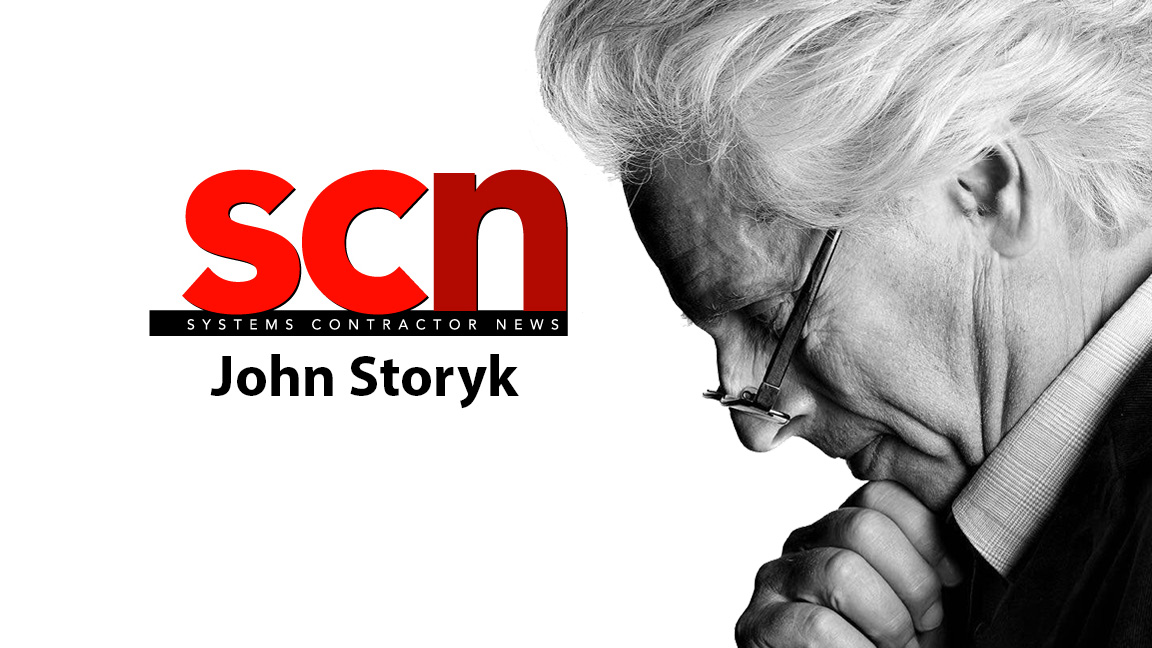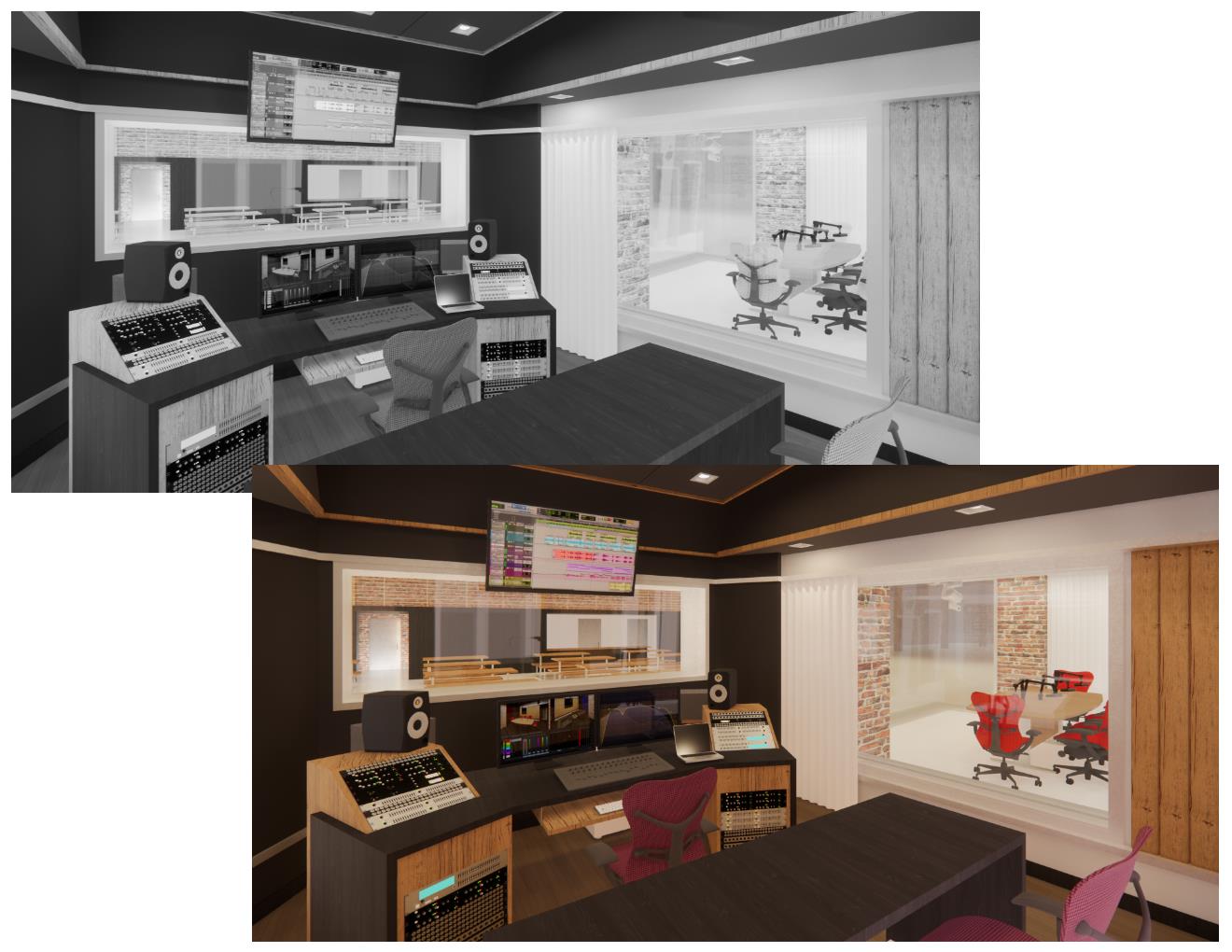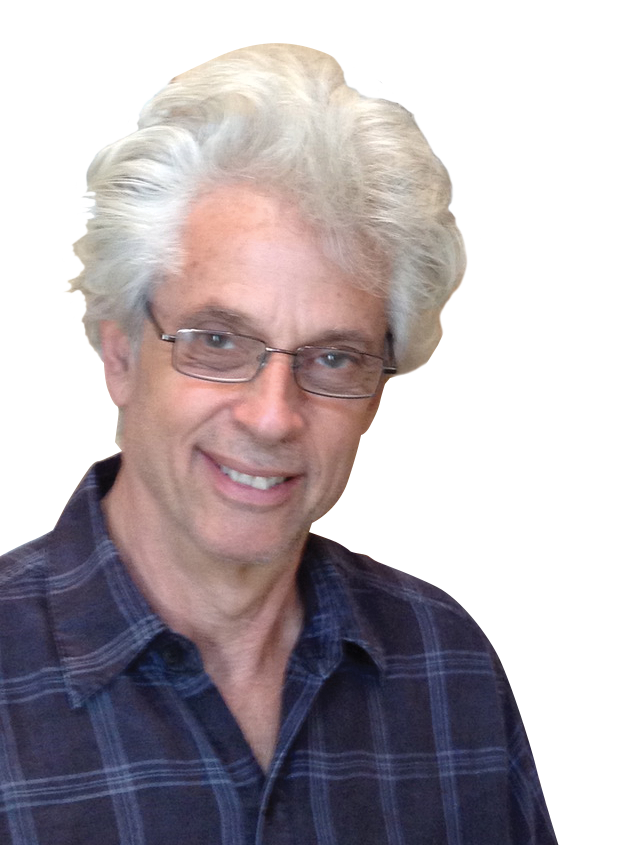Blueprint for Success: Always Look Forward, but Occasionally Gaze Back
Continuously explore new ideas and solutions, but lean on the shoulders of your heroes from time to time.

And here I thought 2020-21 was drama filled. Good news: COVID-19 is fading away. Bad news: Ukraine. Seems we’ve had enough drama for five years! Fortunately, we all continue to share our love for music, art, and technology.
My case is simple: Try to see as much as possible through a creative lens. This approach has always given me more possibilities, which in turn has always inspired better, more original decisions and much cooler results.
Let's go right to the drawing board. Speaking of my drawing board (which, of course, now is a laptop or an iPad), there are many times during the studio design process when I would simply say to myself or a WSDG colleague, “Turn the drawing upside-down.” When asked why, I would explain that the top of the drawing is simply arbitrary and really has nothing to do with how we perceive or use the space.

This simple exercise allows the creative lens to change and permits us to look forward with a new perspective. More often than not, it generates a new and improved design. I have used this simple exercise thousands of times.
Here’s another example. Call me old school, but I usually sketch in pencil, and designs always start in black and white—quickly converting to color provides a totally different lens.

3D drawings appear more informative and for most are easier to interpret, but sometimes a 2D view will provide more detail—again, a different lens.

So, what about looking back from time to time? If there was ever a moment in time, the past two years are examples of how we need to keep an eye on the future as well as learning from the past. That occasional look backward is critical.
A daily selection of features, industry news, and analysis for AV/IT professionals. Sign up below.
When I am not designing, I often go scuba diving (full disclosure: Winters are spent on the Mexican Caribbean Coast). I am constantly looking forward, always trying to discover something new, but an occasional look backward (and up) can often deliver unanticipated excitement. Looking forward and backward simultaneously is part of the joy of being in a weightless environment. It is truly creative.
[Blueprint for Success: The Creative Lens]
Another passion of mine is baseball. I love the sport. I love the poetry, the creativeness, the symmetry of it—but most of all, I love that every day, win or lose, a team and its players have only hours to recalibrate and get set for the next day. Constantly looking forward, constantly believing that they can bat .500 on that next day. Yet, every player in one way or another studies the past actions of plays, videos, statistics, memories, inspirational photos, occasional self-aggrandizement, and self-improvement. We’re not just reliving those occasional glory moments; we’re also studying the occasional faux pas to get a better handle on what to avoid and what not to do again.
So, where do we go from here? A common saying I’ve heard many times is: “Success has many parents, while failure is an orphan."
That blueprint for success will always present itself if you are continuously exploring new ideas, new solutions, new designs, etc., while (from time to time) leaning on the shoulders of your heroes. Both of these approaches are viable, and there’s much to be learned from the mistakes of others.
[Viewpoint: The Future is Repeatable, Dependable AV]
There’s great wisdom in that old saw, history repeats itself. If only Vladimir Putin had studied Napoleon’s tragic blunder of invading Russia. He rode in with 500,000 troops and crawled out with 120,000. In the end (besides "the love you take is equal to the love you make,” of course), your path is just that—your path.
A dear friend of mine recently reminded me of a very cool story. When Abraham Lincoln was about to issue the Emancipation Proclamation in early 1863, he gathered his cabinet of 11 senior advisers around him to discuss the matter. For several days, they debated the issue vigorously, with everyone having ample opportunity to air their views. At the end of the discussion, a vote was taken. Each cabinet member, in turn, voted no. The last to vote, Lincoln raised his hand and said, “Yes—the yes’s have it.”
Back to Mr. Putin again, that seems to be actually what he has done. Of course, Mr. Lincoln had right on his side. In our world— the world of music, art, and technology—our hearts and minds will be aligned most of the time, particularly if we make use of our creative lens.
Since graduating from Princeton in 1968 and forming Walters-Storyk Design Group (WSDG) in 1986, co-founding partner John Storyk and WSDG have designed nearly 4,000 recording studios, performance venues, educational, and broadcast facilities around the world. Contact him at john.storyk@wsdg.com.

